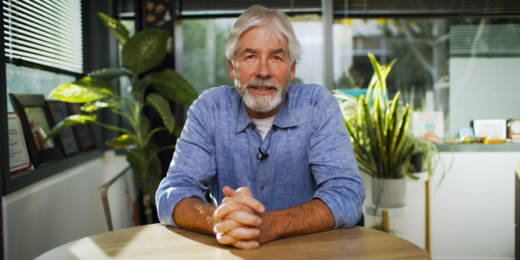Children with autism have structural and functional abnormalities in the brain circuit that normally makes social interaction feel rewarding, according to new Stanford research published today in Brain.
The discovery may help explain the basis of social deficits seen in autism, a developmental disorder estimated to affect 1 in 59 children. The research team, led by neuroscientist Vinod Menon, PhD, found that among those with autism, the degree of abnormality in the mesolimbic reward pathway could predict how much difficulty an individual child had with social behavior.
The study used MRI scans to examine the brains of a total of 57 children with autism and 61 children who did not have condition. Our press release explains how the brain difference could set up a vicious cycle that makes it difficult for kids with autism to build their social skills:
'Social interaction is usually inherently rewarding. If it's not rewarding enough to a child with autism, that could have cascading effects on other brain systems,' said Menon.
In order to develop social-communication skills and the ability to infer others' thoughts and feelings, children must interact with other people. If they don't find those interactions rewarding, they seek fewer opportunities to develop complex social skills, he said. 'Our findings suggest that this is a brain system that should be targeted early in clinical treatments,' he added.
The research builds on a prior finding from Menon's lab: poor connections between voice-response and reward-processing circuits in the brains of children with autism.
Menon's team has also used brain scans to make several other discoveries that shed light on specific features of autism. For example, they've found that unusual activity in visual object-processing regions of the brain in children with autism during arithmetic problem-solving may explain these kids' strong math skills. They have also discovered differences between children with and without autism when the brain is going from resting to performing a task, as well as hyper-connectivity in autism when the brain is at rest.
This emerging brain science may give researchers a new way to test whether autism therapies are having the desired effect at a neurological level, Menon told me:
It would be exciting to conduct a clinical intervention study to determine whether the structural and functional integrity of this pathway can be altered through a reward-based learning paradigm.
Photo by Charlein Gracia




